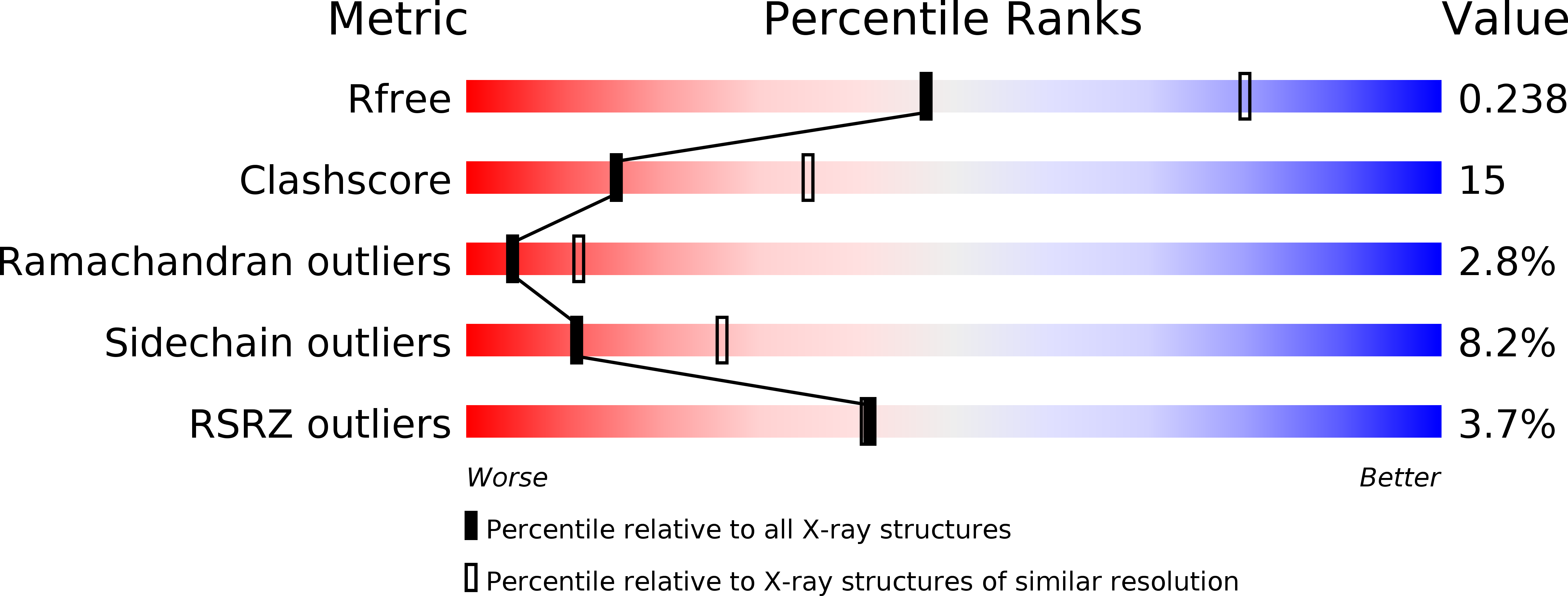
Deposition Date
2009-06-29
Release Date
2009-09-08
Last Version Date
2024-11-06
Entry Detail
PDB ID:
3I2T
Keywords:
Title:
Crystal structure of the unliganded Drosophila Epidermal Growth Factor Receptor ectodomain
Biological Source:
Source Organism:
Drosophila melanogaster (Taxon ID: 7227)
Host Organism:
Method Details:
Experimental Method:
Resolution:
2.70 Å
R-Value Free:
0.26
R-Value Work:
0.22
R-Value Observed:
0.22
Space Group:
C 2 2 21


